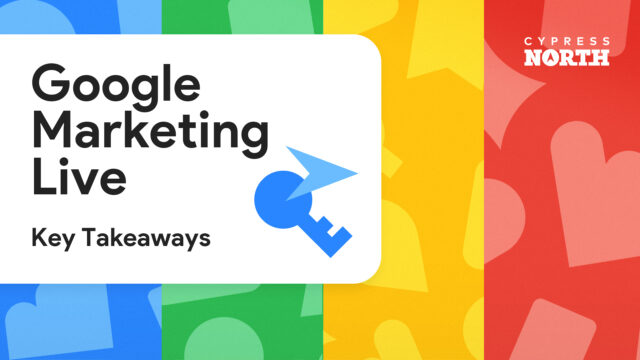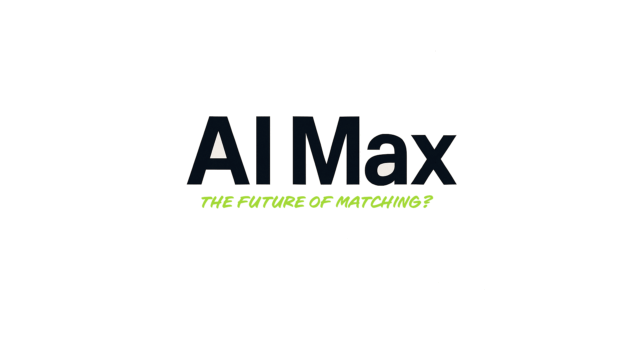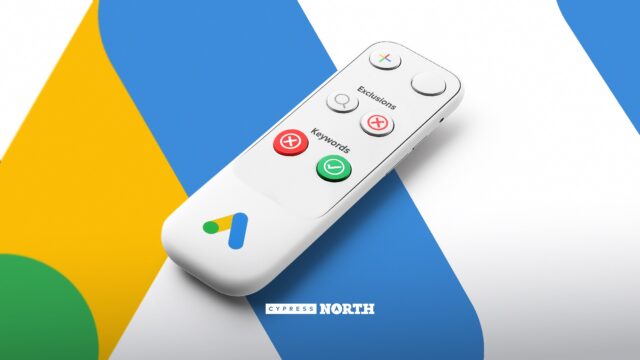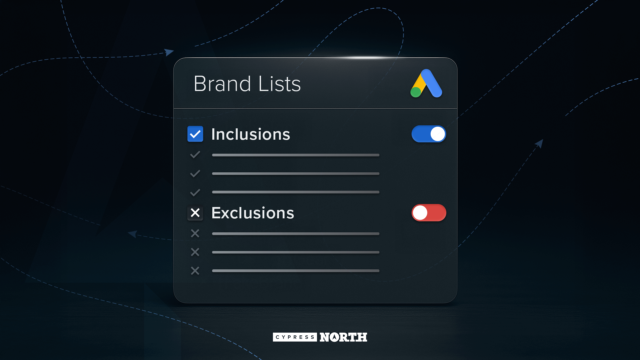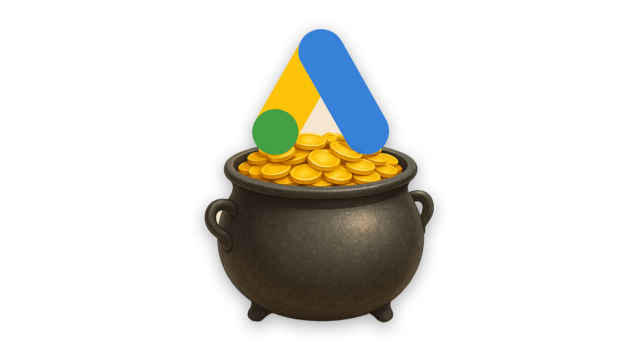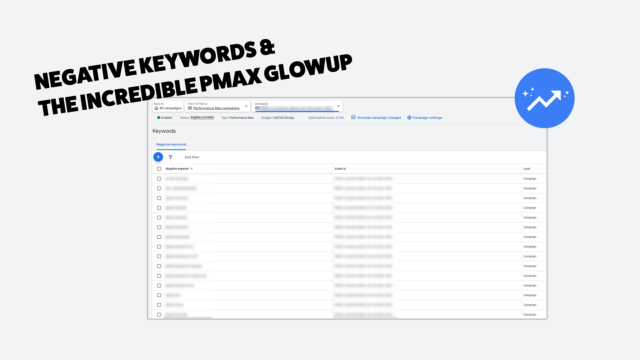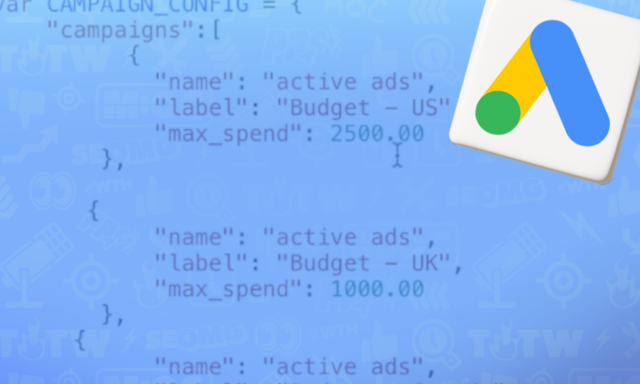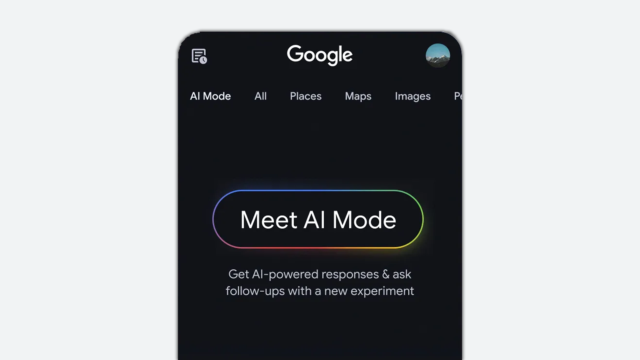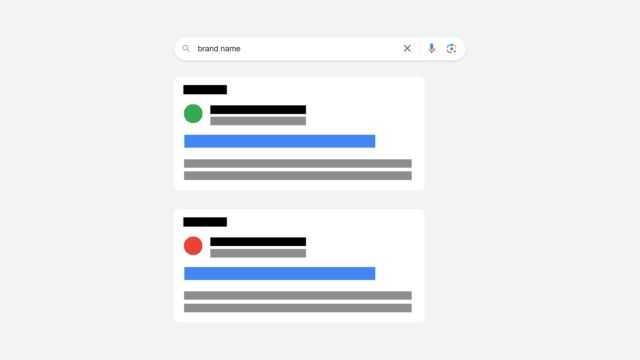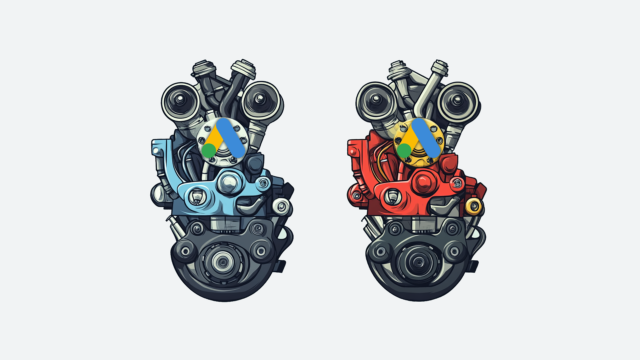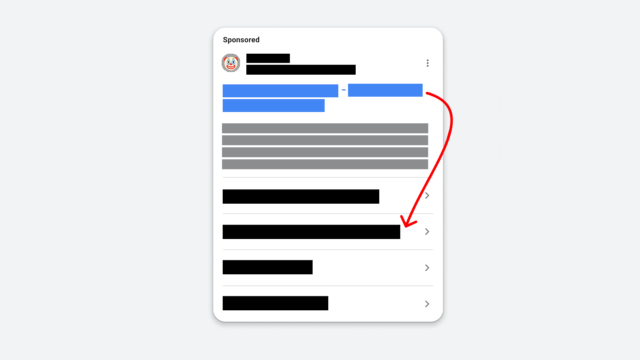Google Ads Demand Gen Campaigns: From Disappointment to Improvement

Demand Gen campaigns in Google Ads have fallen victim to some of Google’s typical nonsense over the past few years. This campaign type was marketed as an amazing “wonder” product. In reality, it was far from it.
But, like PMax, Demand Gen has gotten better over time.
In this blog, we’ll share how new features from Google Ads may help you get better visibility into just how well Demand Gen campaigns are working.
First Things First: My Beef with Demand Gen Campaigns
The problem, simply put, is the name.
Demand Generation, as a practice, involves driving leads throughout the funnel and nurturing leads throughout the conversion process. This includes Top of Funnel (ToFu), Middle of Funnel (MoFu), and Bottom of Funnel (BoFu). It requires presenting users with the right offer within their funnel/lifecycle stage.
It is a full-funnel strategy aimed at not just driving leads, but driving customers/opportunities.
Demand Gen as a Google Ads campaign targets ToFu and MoFu customers. Google can target users on YouTube, Shorts, Discover, Gmail, and now Display. It can’t hit those BoFu placements like Search or Shopping.
The name “Demand Gen” is misleading and would make more sense if it were called “Upper Funnel” instead.
Demand Gen Campaigns vs. Other Social Platforms
Now that we’re familiar with Demand Gen campaigns, we can get into the real issue: Attribution.
If you’re using Demand Gen campaigns for ToFu and MoFu, you likely noticed that the results are far less impressive than what’s reported on Meta, LinkedIn, Pinterest, or other social platforms.
The reason? Google Ads is the best at BoFu targeting.
Branded Search, non-branded Search, and Shopping are monsters in driving MoFu/BoFu volume. So they can (rightfully) take credit for conversions away from Demand Gen campaigns. Other platforms don’t face this issue because they lack the same BoFu targeting, which can muddy attribution when so many touchpoints exist within a single platform.
Take a look at this customer journey that includes five touchpoints:

Because Facebook is independent from Google Ads (and therefore can’t see additional Google clicks)...

Only one touchpoint from Facebook is here, and the conversion credit would be:

However, Google Ads sees far more touchpoints, as shown below (it can’t see Facebook):

If Google were attributing the conversion using Data-Driven Attribution (DDA), it might look something like this:

We won’t ever know because of DDA, but you get the picture. The additional MoFu/BoFu touches interfere with Demand Gen’s credit.
With the change of Platform Comparable Conversions, Demand Gen would look like this:

Why This Change Makes Sense
This is much more on par with other social platforms and should allow advertisers to view Demand Gen from a ToFu standpoint, similar to social ads.
Unlike Google’s previous approach, this change smells of the “Golden Era of Google” where advertisers have the option to view this metric in a standalone column, or hide it altogether. Conversions are not changing. This is an added conversion type that offers more flexibility.
Anytime we as advertisers can get more data, even different data, we should celebrate. This metric may help your clients or higher-ups buy into Demand Gen campaigns more by separating the various Google Ads touchpoints.
The best part?
If you hate it, you have the choice to never view that column again.
Want to stay ahead of the curve with Google Ads? Reach out to us to learn the latest updates!
Meet the Author
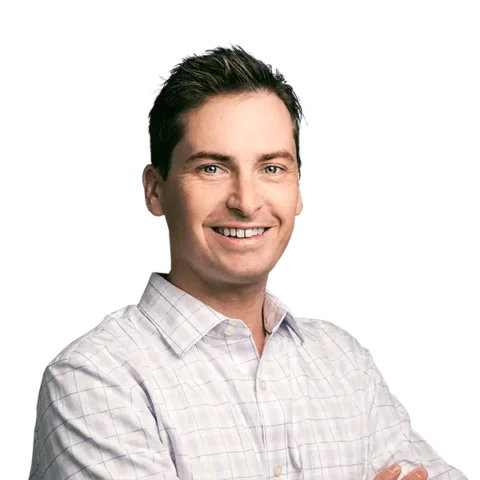
Greg Finn
Greg is the Head of Performance and Innovation for Cypress North's digital marketing team and one of the founders of our agency. In 2010, he and Matt Mombrea started Cypress North in Buffalo. Greg oversaw the opening of our second office in 2022, located in his hometown of Rochester.
As Head of Performance and Innovation, Greg co-manages our digital marketing department and works closely with our team to ensure all our clients achieve the best possible results. He is always looking for ways to test new digital marketing techniques and technology, and oversees all teaching and training efforts to ensure our agency stays ahead of the curve.
Greg is also a co-host of our weekly Marketing O'Clock podcast, where he and the team provide updates, insights, and hot takes on the latest SEO, PPC, and social media marketing news. In addition to weekly news shows, Greg hosts our Marketing O'Torial digital marketing tutorials and often co-hosts bonus Marketing O'Talk episodes that bring together panels of digital marketing experts.
With nearly two decades of experience, Greg is a known and trusted voice in the digital marketing community. He’s a contributor for Search Engine Land, a member of the Search Marketing Expo (SMX) programming team, and has been a featured speaker at some of the largest search engine conferences, including SMX, eSummit, and Pubcon.
When he’s not working or staying updated on the latest trends, Greg enjoys watching his kids play sports and coaching their soccer team. He’s been named the runner-up “Greg of the Year” on Marketing O’Clock’s annual Clockscars Awards four years in a row. While the coveted award has evaded him for many years, Keanu Reeves has not. Greg once saw him at Gabriel's Gate tavern in Buffalo (and noted he was very tall.)


